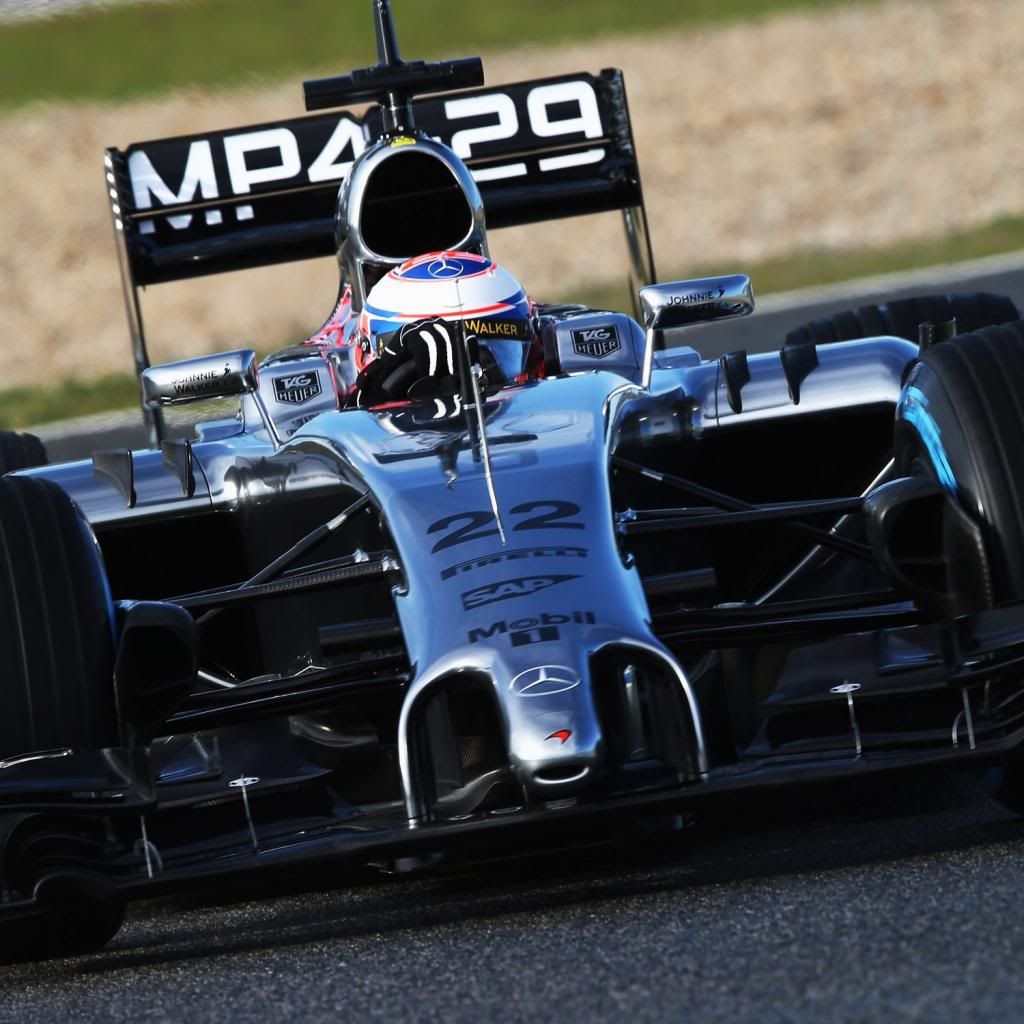Hi folks,
Hope you're still interested in this ageing topic and haven't moved on to other things.
I hope you don't mind me clarifying a couple of things mentioned re SR-71.
Hi Just_a_fan,
The SR-71 engine was not a turbojet/ramjet.
We can convince ourselves that it had nothing 'ramjet' about it in one of 2 ways.
The easy way is by taking note that both the people that made it (P&W) and those that used it (Lockheed) -and the flight manual- called it a turbojet with bypass bleed. No mention of the word 'ramjet'.
The 2nd way is more interesting and you could call it the D-I-Y way. We will prove for ourselves that there is no ramjet mode for the J58 engine.
First, take a typical afterburning turbofan of the 70's operating at Mach 2. Follow the air path through the engine from compressor inlet to exhaust nozzle.
ie 50% of the air goes thro the fan, then down the bypass duct to the afterburner.
the other 50% also goes thro the fan, thro the core to the afterburner.
Now take the J58 at Mach 2, just to keep apples to apples. Again, follow the air path from compressor inlet to exhaust.
ie 20% of the air goes thro the 1st 4 compressor stages, then down the bypass tubes to the afterburner
the other 80% also goes thro the 1st 4 compressor stages, then the remaining 5 stages and combustor and turbine to the afterburner.
BTW, the above holds all the way up to M3.2
We see there is a distinct similarity in where the air goes, so we have just shown to ourselves that there is nothing worthy of the term 'ramjet' for the J58 anymore than there is for the other engine (F14/ F111 or whatever)
So how did the term turbo/ramjet originate?
My suspicion is that back in the 50's when all sights were set on ever higher speeds, Mach 3 was in the exotic ramjet regime so enthusiasts presumed the engine must have had some ramjet connection.
This link is a good complement to the flight manual
http://www.enginehistory.org/Convention ... lsion2.pdf
Hi riff_raff,
The only reason the SR-71 could run at M3 was because the engine was processing air thro a 9 stage compressor, combustor, turbines and afterburner. To do this it was burning 8000 gall/hr. Now this engine flow induced a large airflow around the engine at the same time. The induced flow plus the engine flow together produced the intakes thrust contribution. The engine was running with compressor exit at 1300 F, turbine 2000 F and afterburner at 3200 F (see above link) and provided 17% of thrust. It's worth realising that it was only because the engine was moving so much air that it could boost its own thrust dramatically with the extra airflow (intake thrust 54%, rest final nozzle).
Hope it all makes sense.
PK




